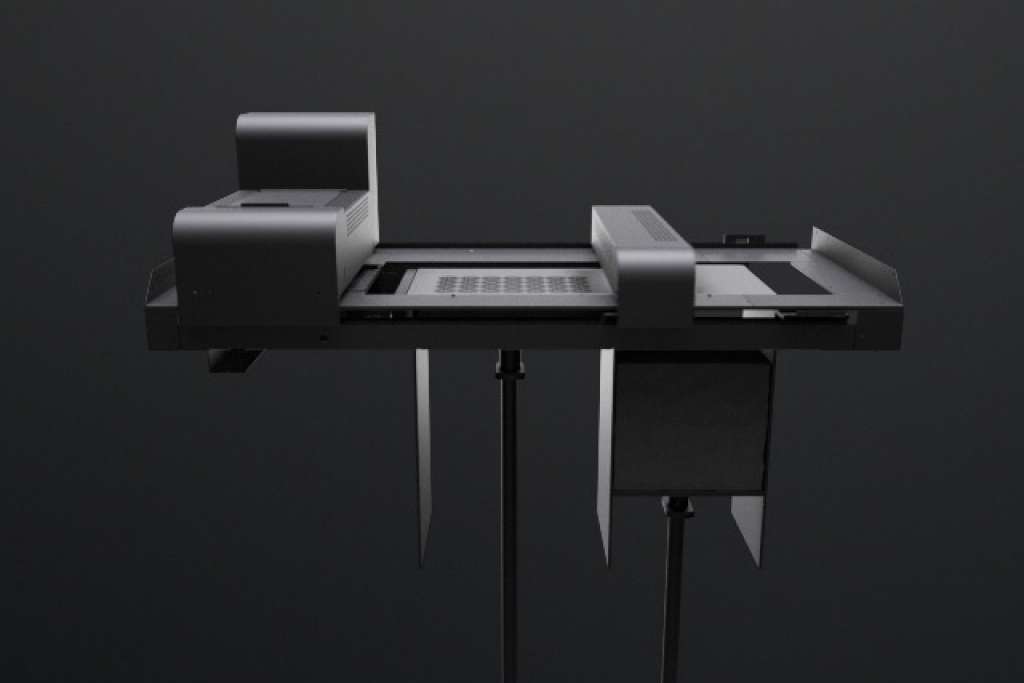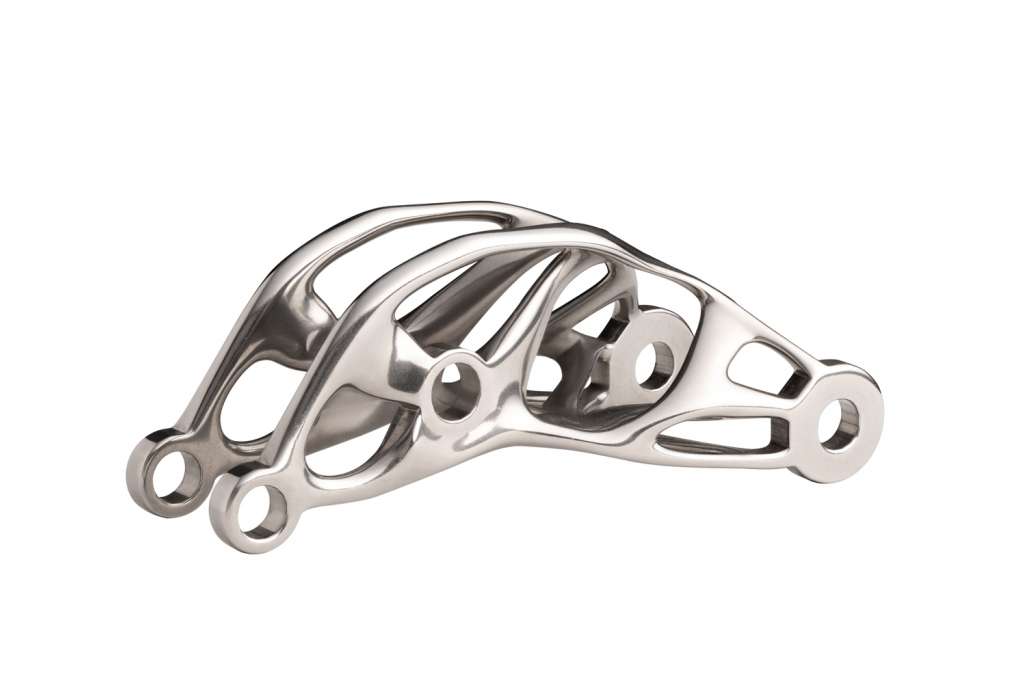
Resources
-
-
FreeFoam™
Revolutionary, Expandable 3D Printable Resin Designed for Volume Production of Foam Parts
-
The Shop System: The Benefits of Binder Jetting
The first of a three-part series examining the benefits, performance and cost savings that come with the Shop System.
-
Introducing the Studio System 2
With a simplified, two-step process, the Studio System 2 is easier than ever. Just print. And Sinter.
-
-
-
Why Binder Jetting?
To achieve the production volumes needed to compete with traditional manufacturing processes, binder jet systems rely on inkjet printing technology.
-
The Shop System: Breakthrough Performance
The second of a three-part series examining the benefits, performance and cost savings that come with the Shop System.
-
What is Single Pass Jetting™?
A description of how Desktop Metal's Single Pass Jetting™ technology works.
-
-
-
Material Properties of Binder Jet Parts
A description of Desktop Metal's Binder Jetting Material Properties
-
-
Live Sinter
A first-of-its-kind software application, Live Sinter™ is designed to make sintering more understandable and repeatable, particularly for users with limited experience with sintered parts.
-
The Shop System: Reduce Costs, Increase Revenue
The third of a three-part series examining the benefits, performance and cost savings that come with the Shop System.
-
Inkjet Technology in Desktop Metal’s Production System
To achieve the production volumes needed to compete with traditional manufacturing processes, binder jet systems rely on inkjet printing technology.
-
-
-
Metal 3D printing for education
Desktop Metal systems are designed for accessibility, making it easy and affordable for colleges and universities to invest in technology
-
Metal 3D printing for heavy industry
Heavy industry is a unique sector that generally requires huge amounts of capital investment in producing low quantities of large machinery. Examples include chemical processing, oil & gas, shipbuilding, railroads, and mining.
-
Metal 3D printing for the automotive industry
One of the largest and most important industries for metal parts manufacturing, the automotive industry annually spends trillions producing parts across the manufacturing lifecycle.
-













